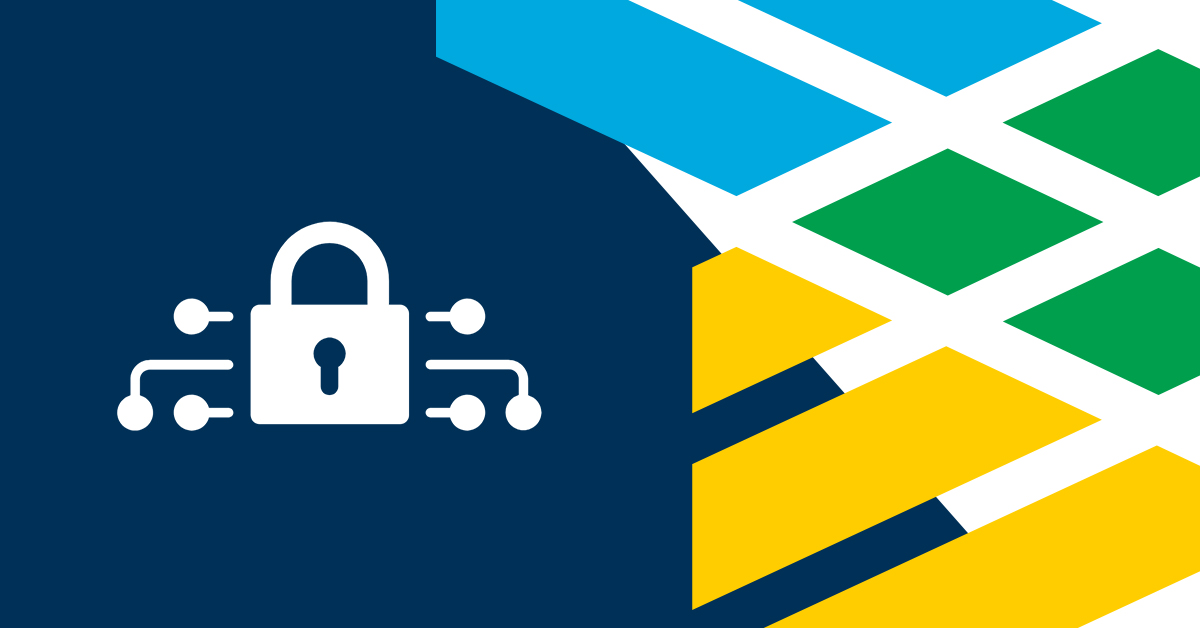
Protecting Your Company from Surging Cyberattacks
By Michael Hensley, Director of Professional Services
Online hacking incidents have become increasingly frequent – and incredibly complex – in recent months. Phishers, scammers, and other cybercriminals have successfully exploited organizational loopholes and wreaked havoc on countless businesses – particularly those in the healthcare industry – since the outbreak of COVID-19.
Today, millions of organizations rely on perimeter and endpoint protections like firewalls and antivirus to prevent the occurrence of malicious online attacks. But as our world continues to technologically innovate at incredible speeds, these two primary lines of defense will soon become obsolete. This raises the question: what types of safeguards can your company implement to protect itself from cyberattacks?
Roll out digital enforcement mechanisms
Verifying electronic authenticity is crucial for maintaining organizational security and network safety. To prohibit unauthorized users from gaining access to sensitive applications, data, or services, companies can implement digital enforcement mechanisms – such as biometric authentication and two-factor authentication – which add an extra layer of confirmation before information becomes available. Fingerprint scans, voice and facial recognition software, and automated text messages are all commonly utilized by organizations around the world to ensure proper security and protection protocols are in place.
Migrate to the cloud
As work-from-home and remote work models have become increasingly prevalent since mid-March, protecting your organization’s network security outside its office environment should be a top priority. Rather than relying on less-secure local storage centers, business leaders should actively explore a transition to cloud-based storage platforms. From third-party platforms (Dropbox and OneDrive) to private (VMware) and public (Azure and AWS) systems, an abundance of cloud storage technology is available on the market today.
Implement user activity monitoring
To protect your organization from potential cyberattacks, user activity monitoring (UAM) tools can be put in place to identify “red flags” or other warning signs triggered by employees. While businesses should – on occasion – be prepared to receive false positives, these precautionary measures are pivotal in uncovering impactful and insightful data into the types of information that users are accessing. Through an in-depth examination of employees’ activity, organizations can more effectively detect insider threats that could be detrimental to their network security.
Mandate security awareness training for all employees
In the IT community, users are known as the weakest link in an organization’s security network. Hackers will commonly utilize a variety of sophisticated cyberattack methods – such as phishing, malvertising, and ransomware – to gain restricted access or pry confidential information from the hands of workers. By implementing organization-wide security training, businesses can equip their employees with valuable information and proper prevention strategies to protect private data, information, and assets.
Refresh cybersecurity policies
To address pandemic-related IT matters, organizations should look to update their company-wide cybersecurity policies. In addition to conducting IT risk assessments and reviewing security measures, companies should also check the status of detection-and-response activities to ensure that proper coordination efforts will be triggered in case of emergency. The enforcement of these protocols and systems are crucial in halting infiltration during unexpected cyberattacks.
Interested in learning how your organization can enhance its security measures? Connect with Michael on LinkedIn or email him at hensleym@lumestrategies.com
To stay up-to-date on the latest IT trends, be sure to follow Lume Strategies on LinkedIn and Twitter.
Leave a Reply